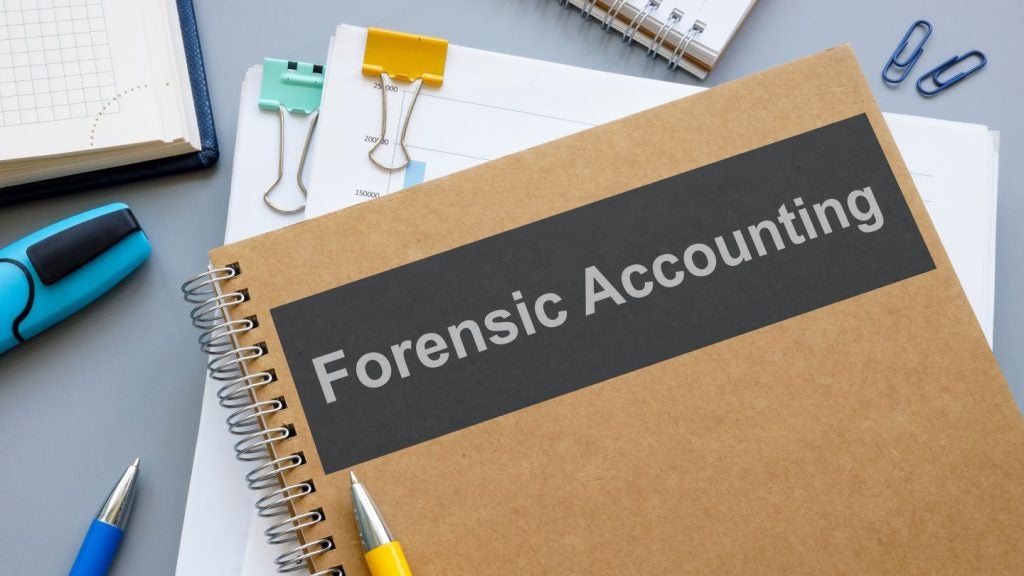
The number of questions on His Majesty’s Revenue and Customs’ (HMRC) self-assessment (SA) forms rose by 19% to 624 in 2024, up from 531 in 2009, according to a study by Lubbock Fine.
Lubbock Fine, a firm of business advisors and chartered accountants, has revealed an increase in the length of tax returns, citing it as evidence of red tape spiralling out of control in the UK tax system.

Access deeper industry intelligence
Experience unmatched clarity with a single platform that combines unique data, AI, and human expertise.
This trend has raised concerns among taxpayers, especially those who are self-employed, due to the growing complexity of tax returns.
The confusion stemming from how to properly complete the forms has led some taxpayers to make errors, potentially resulting in fines.
This study shows that the process has even caused certain individuals with low tax liabilities to abandon their tax returns, inadvertently joining the “informal economy”.
The main SA form, known as the SA100, which must be completed by all individuals filing a SA, has seen a 17% increase in the number of questions, now totalling 88 compared to 75 in 2009.

US Tariffs are shifting - will you react or anticipate?
Don’t let policy changes catch you off guard. Stay proactive with real-time data and expert analysis.
By GlobalDataLubbock Fine’s Tax partner David Portman emphasised the urgent need for the government to simplify the tax system to prevent costly mistakes and discourage people from slipping into the informal economy.
He further noted that the variety of supplementary tax return forms adds to the confusion for self-employed individuals, as it is often not clear which specific forms they are required to fill out.
These supplementary forms include SA101 for additional income sources, SA102 for employees or company directors, SA103S or SA103F for self-employment, among others.
He said: “The amount of work UK taxpayers are required to do to file their taxes has ballooned over the last fifteen years. To taxpayers many of these changes feel like box-filling for box-filling purposes.
“It’s becoming increasingly easy to make mistakes on your tax returns – especially for those that don’t make enough money to justify employing an accountant. If the government wants to get serious about cutting red tape, they must take a good look at reducing the length and complexity of these tax returns.”






